A CRITICAL ASSESSMENT OF THE COMPOSITION AND SOCIAL BASE OF THE 15TH LOK SABHA
Total Views |
Speakers:
Prof Sushma Yadav, Indian Institute of Public Administration; Shri Anil Thakur, Associate Professor, Delhi University; Shri Manmohan Sharma, Senior Journalist Chaired by: Shri Satish Pednekar, Senior Journalist
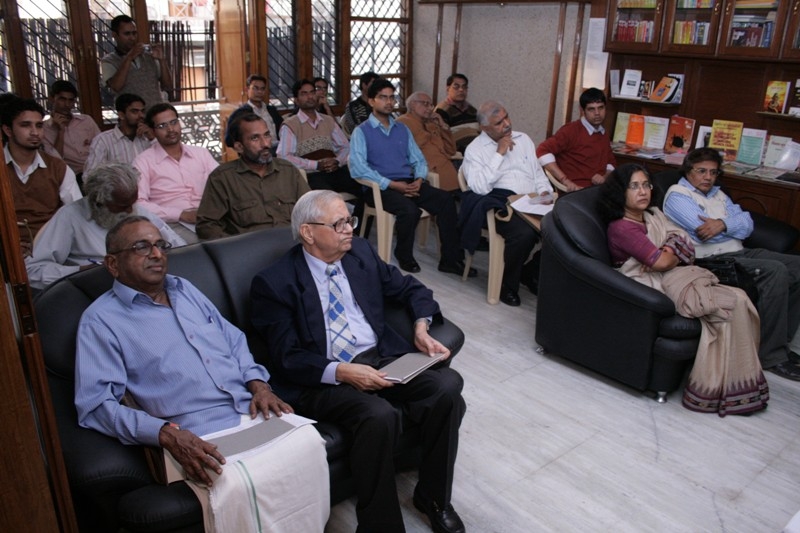
The representative institution in any country symbolizes the multiple aspirations of its people. These aspirations can hardly ever be met without participation of representatives from various social segments of the society, for, it ensures the social inclusiveness of the representative institution. In this context, it is pertinent to examine the social composition of the present Lok Sabha to know its real social character. Therefore, the Foundation, which is engaged in a research project on the social base of the House, organized a discussion on the subject in which various scholars from Delhi University and other institutions presented their views. Along with social composition we have also taken into account the educational attainments of the MPs.
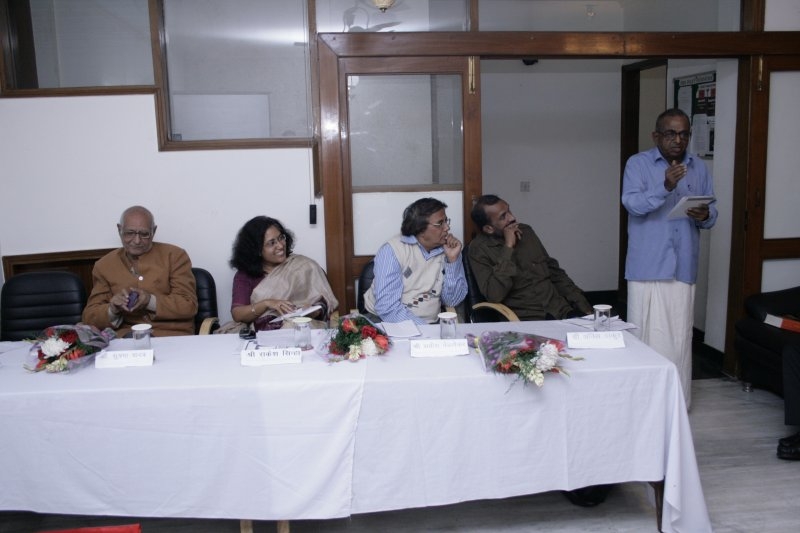
Democracy is not merely quantitative but also qualitative. How well does the 15th Lok Sabha reflect the social diversity of India? The percentage of graduates has gone up to 73 in the 15th Lok Sabha from 37 in the First. Despite the much touted youth factor, the number of MPs in the age group of 25-40 were 112 in the first Lok Sabha whereas the present Lok Sabha has only 79 such members. Around 306 MPs are crorepatis. Not less than 211 MPs claim to be agriculturists or farmers although many of them hail from political dynasties. While the number of crorepatis and industrialists have gone up in the House, the number of trade unionists, journalists, writers and social activists has come down to insignificance. The share of candidates with political background and criminal record has increased across party lines.
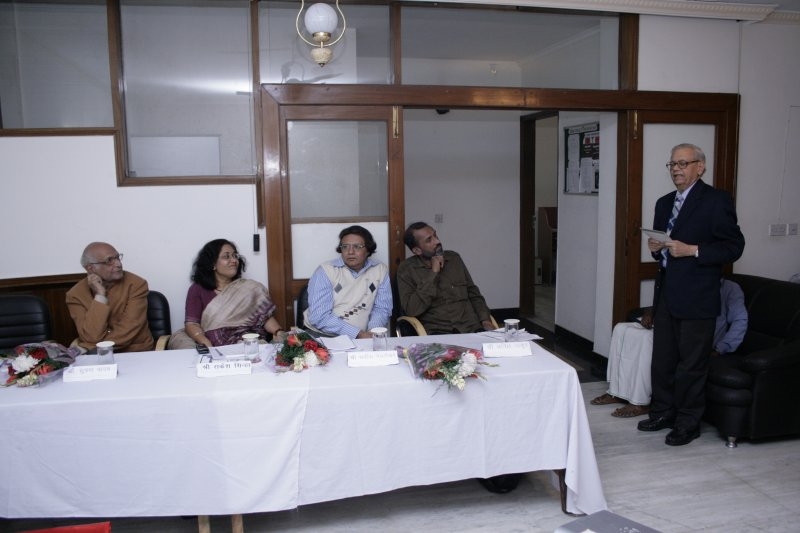
These are some of the findings of an ongoing research project at Indian Policy Foundation on the social composition of the 15th Lok Sabha.
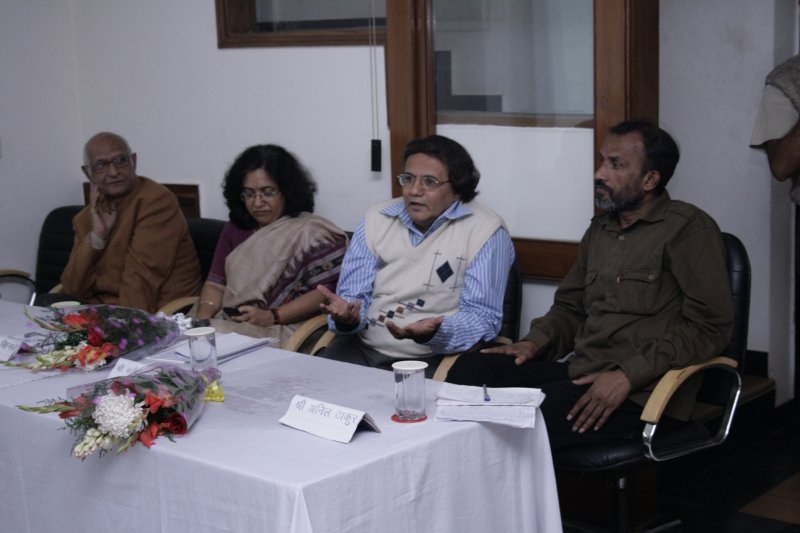
Dr. Anil Thakur said that in some constituencies of South India it costs as much as Rs 100 crore per candidate to contest an election. Little wonder that the House has been taken hostage by monied people. Manmohan Sharma, with five decades of experience in covering the Lok Sabha, said that the high rate of corruption amongst the political class had led to loss of public faith. He lamented that the standard of debate, even attendance has declined sharply in the Lok Sabha. Sushma Yadav said that there is a mismatch between ‘Parliamentary standards’ and constituency pressure. Parliament demands fine orators who understand policy-making and legislation while constituencies want practical people who can get their work done, even by circumventing the law.
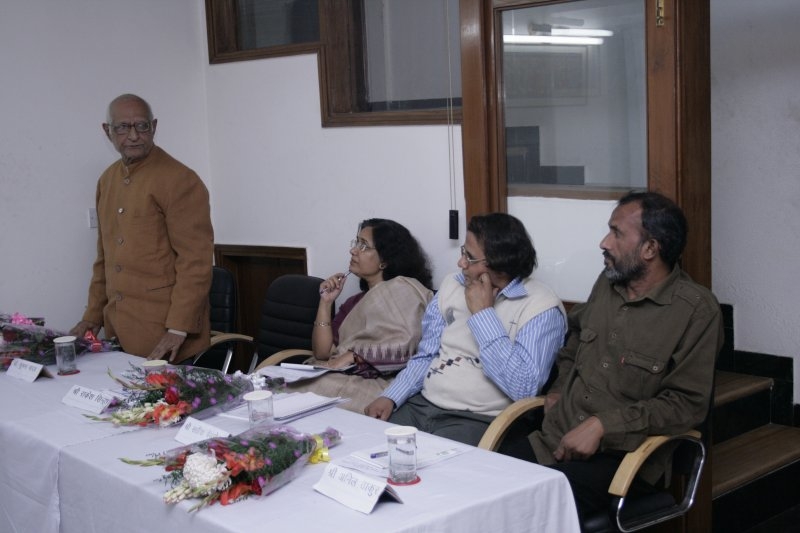
Satish Pednekar complimented the Foundation for taking up a very relevant topic after its first two publications viz. Terrorism and the Indian Media and Deceptive Equality: Deconstructing the Equal Opportunity Commission. Prof. Rakesh Sinha, Director, IPF, said that youths who have come to the 15th Lok Sabha are unlike those who were thrown up by 1974 youth movement of Jay Prakash Narayan.
R Venkatanarayan, IAS (retd), suggested it should be studied how many of those who reached the 15th Lok Sabha have the experience of municipal corporation or State politics. RK Ohri, IPS (retd), suggested that the ‘first past the post’ system should be changed to a system of proportional representation if we wish to stop candidates with barely 25 percent of votes ruling over 100 percent. Priyadarsi Dutta delivered the vote of thanks.